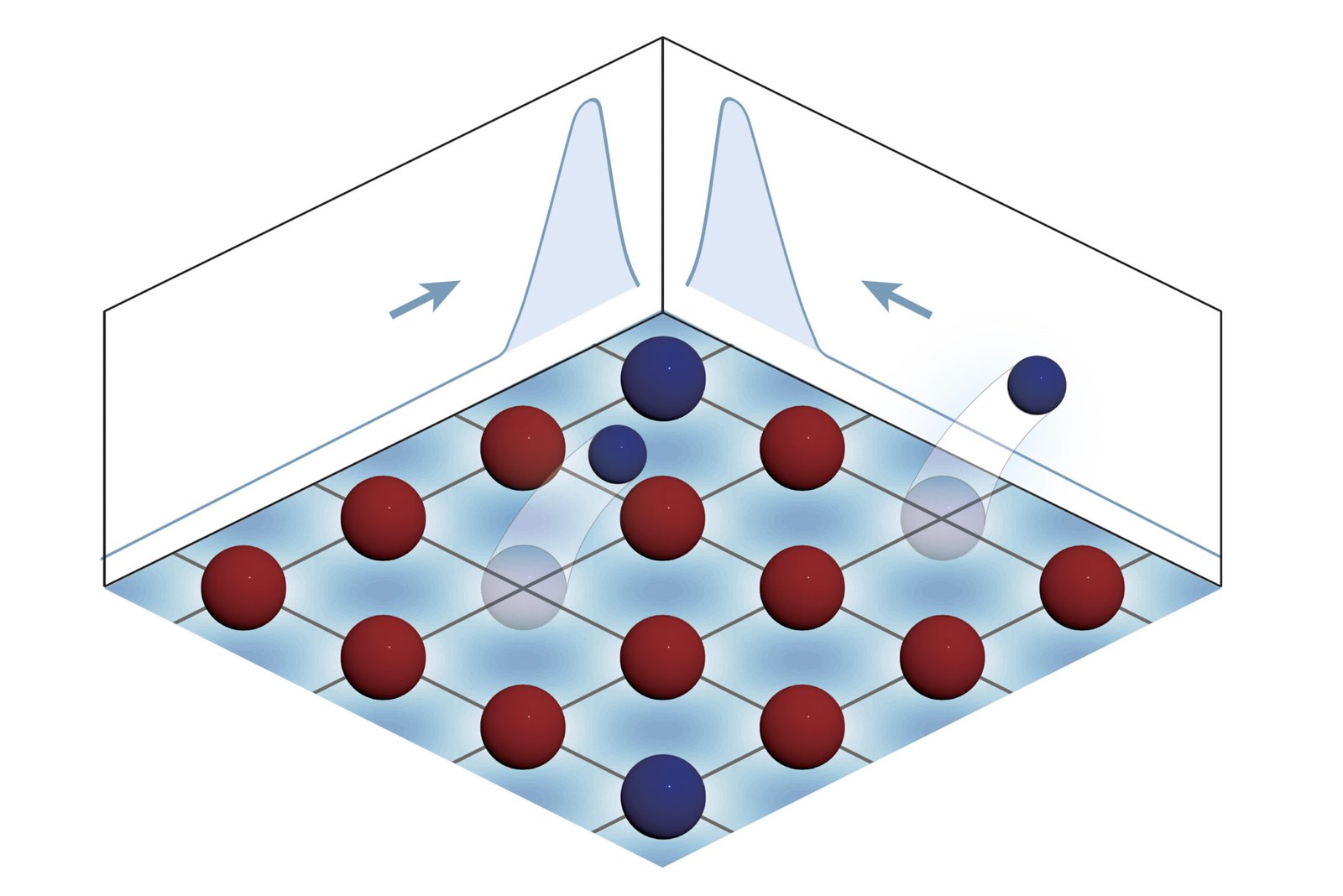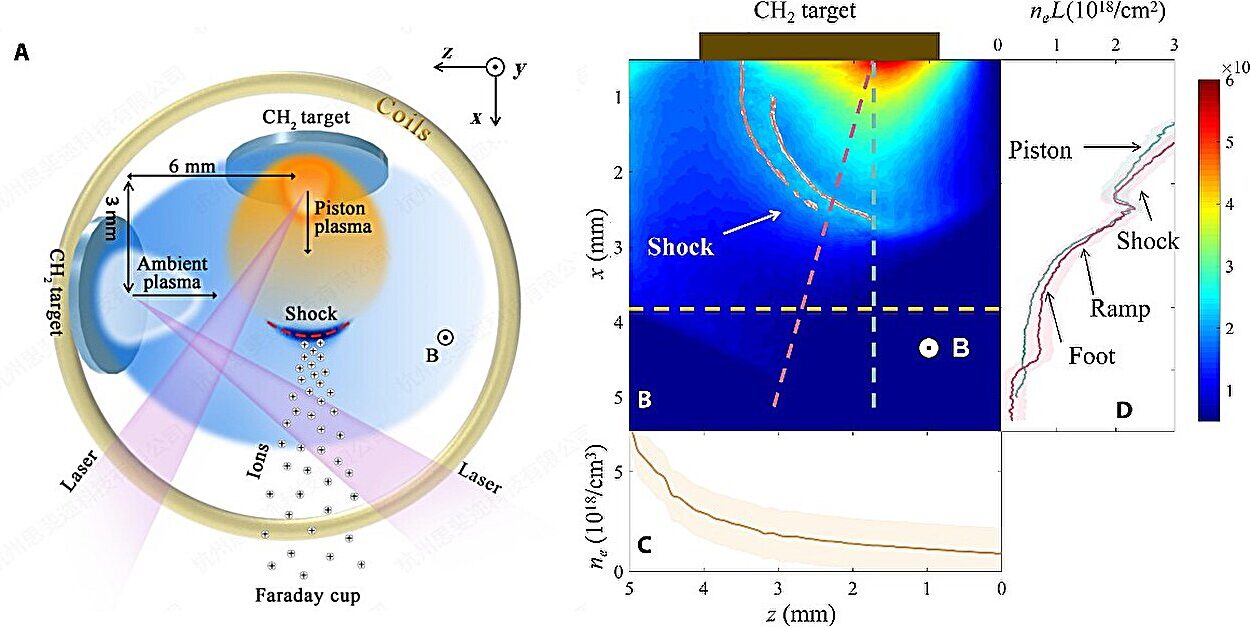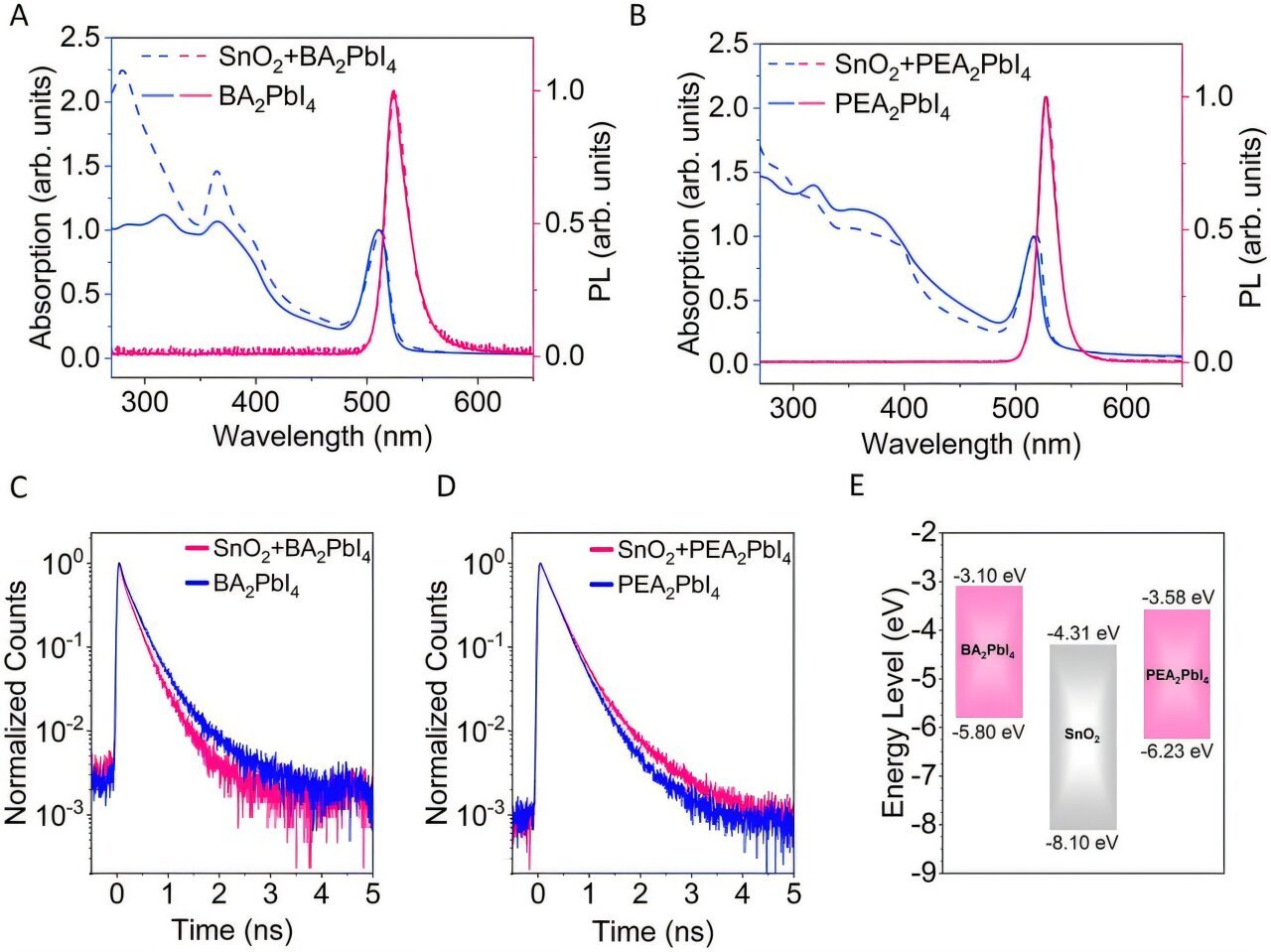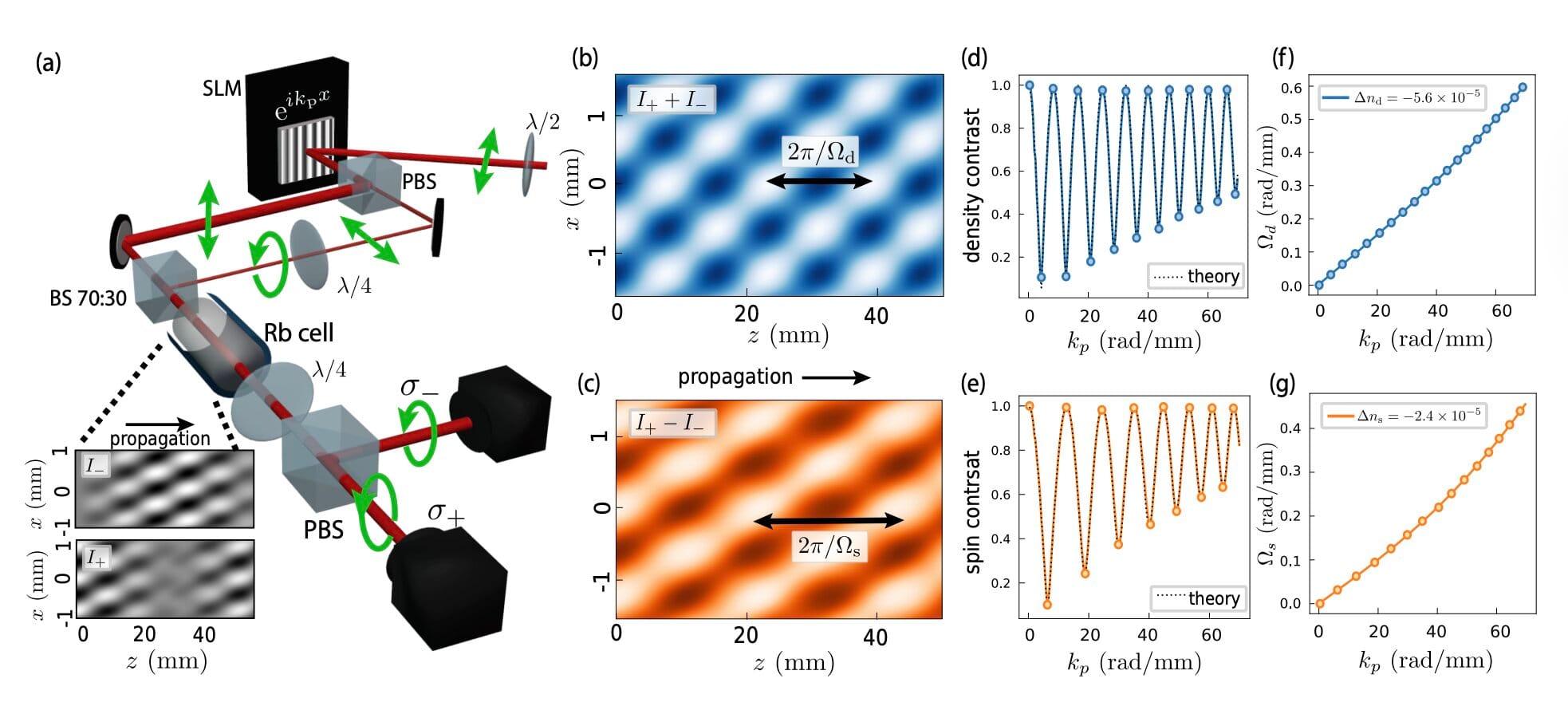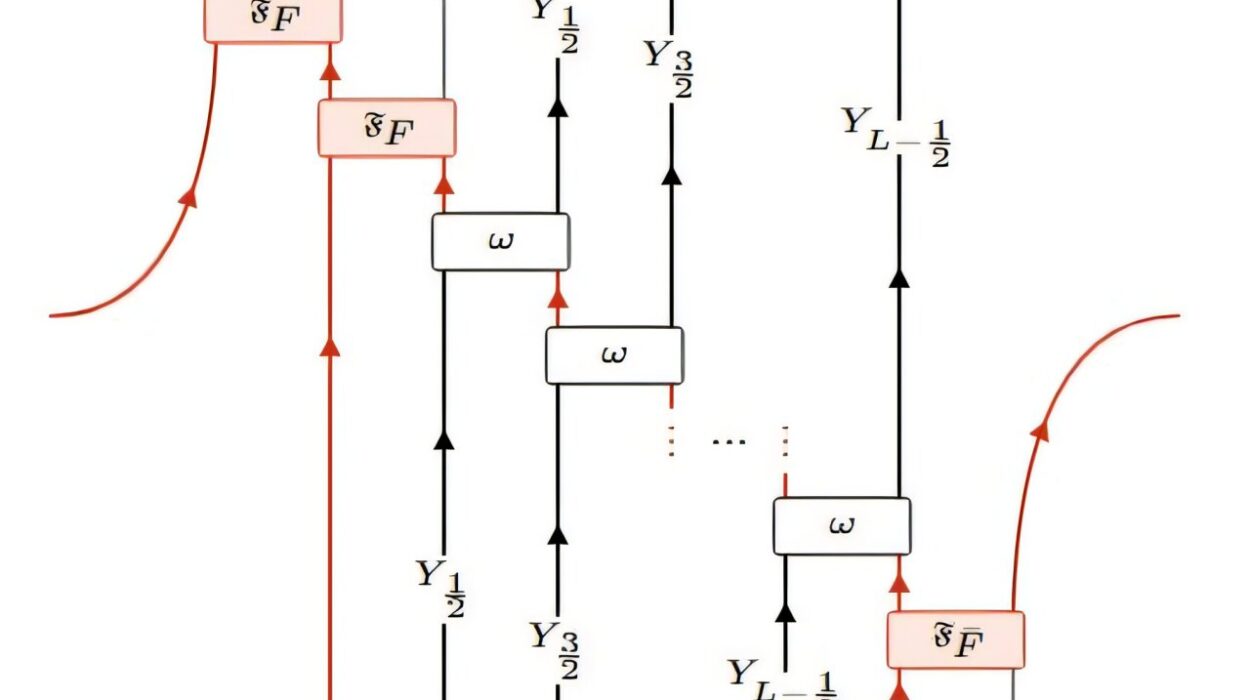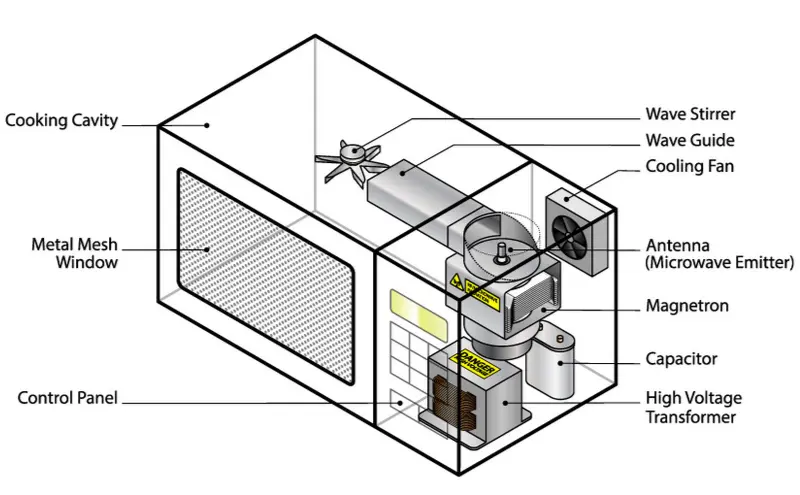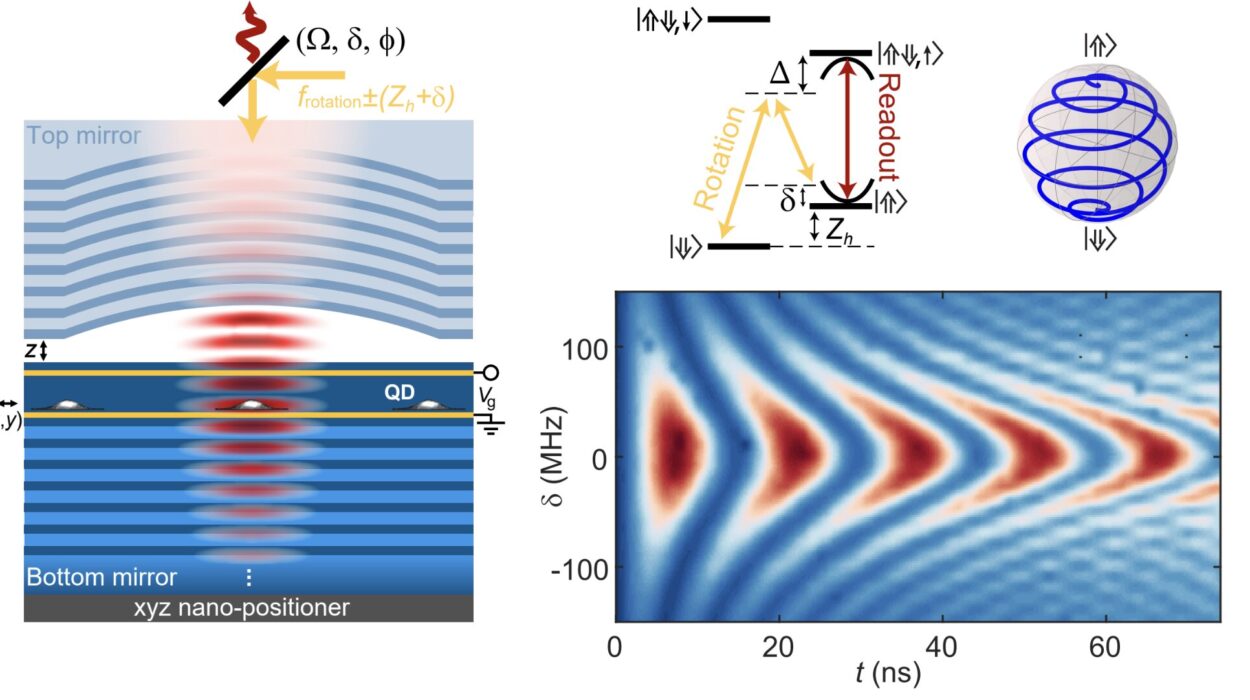A groundbreaking achievement in quantum physics has emerged from a research team led by The Hong Kong University of Science and Technology (HKUST), who, in collaboration with Peking University (PKU), have successfully performed a quantum simulation of the non-Hermitian skin effect (NHSE) in two dimensions using ultracold fermions. This groundbreaking accomplishment, which is set to significantly contribute to the understanding of quantum dynamics, was published in the renowned journal Nature on January 8, 2025. By unveiling this phenomenon in a quantum system, the research team has made a major advancement in the field of quantum simulation.
Quantum mechanics has long been regarded as the foundation for understanding physical phenomena at the microscopic level, from the behavior of electrons in solids to the intricate functions of quantum devices. Central to this framework is the concept of Hermiticity—an essential feature for systems that are considered isolated from their environment. In quantum mechanics, this isolation typically leads to Hermitian models, specifically a Hermitian Hamiltonian, a mathematical construct describing a system’s energy and dynamics. The Hermitian nature ensures that eigenvalues of the Hamiltonian are real, implying conservation of energy within the isolated system. These models are fundamental in explaining conventional quantum phenomena.
However, quantum systems that interact with their environment—exchanging energy and particles—require a modified approach. In such systems, the Hermiticity of the model no longer holds, and a non-Hermitian description becomes necessary. A non-Hermitian Hamiltonian is able to capture the complexities of open quantum systems, where energy and particles can be gained or lost, as well as phenomena that are outside the scope of traditional quantum physics. These include insights into quantum information processing, topological phases of matter, black holes, and curved spaces, phenomena that are crucial to advancing modern physics.
Despite its importance, many questions regarding the dynamics of non-Hermitian quantum systems remain unanswered. This challenge is even more pronounced in higher-dimensional quantum systems, where intricate interactions and behaviors complicate traditional approaches. The non-Hermitian skin effect (NHSE) is a prominent example of a phenomenon that highlights the limitations of conventional, isolated quantum models. The NHSE describes a situation where, in an open system, the eigenstates of a non-Hermitian system accumulate at its boundary rather than remaining distributed throughout the system, as seen in isolated systems with Hermitian models.
Until now, experimental investigations into the non-Hermitian skin effect have largely been restricted to low-dimensional systems or classical systems that do not fully replicate the complexities of quantum systems. The new research represents a significant breakthrough, as the team has successfully simulated the NHSE within a quantum framework. This achievement paves the way for future explorations of non-Hermitian dynamics in more complex quantum systems, particularly in two dimensions.
The success of the study was made possible by creating a two-dimensional non-Hermitian topological band using ultracold fermions in a spin-orbit-coupled optical lattice that also allowed for tunable dissipation. The system’s design features the crucial aspects necessary for exhibiting the non-Hermitian skin effect while remaining under controlled experimental conditions, providing researchers with an unprecedented level of insight into the behavior of such quantum systems.
Professor Jo Gyu-Boong, the lead researcher from HKUST, expressed the importance of their findings, stating, “Our work unveils an intriguing system that allows us to explore how non-Hermiticity plays with symmetry and topology. Our experiment naturally sets a quantum many-body system instead of classical systems, opening up avenues to investigate non-Hermitian quantum dynamics using ultracold fermions with dissipation.” This aspect of the experiment—the use of ultracold fermions to create a quantum many-body system—marks a critical step forward, as it opens up the possibility of studying non-Hermitian phenomena that were previously confined to classical experiments.
The successful simulation of the NHSE in a quantum many-body system is expected to have broad implications for several areas of physics. Non-Hermitian physics provides important insights into topological phases of matter, which may not only influence future quantum technology but could also reveal new aspects of fundamental physics. As Professor Liu Xiong-jun from PKU explained, “The interplay of higher-dimensional non-Hermitian skin effect with fundamental Hermitian scenarios, such as curved spaces, black holes, quantum information, and higher-order topological phases, necessitates exploration in many-body systems beyond a one-dimensional system.” This statement underscores the study’s role in fostering a deeper understanding of how non-Hermitian systems can lead to new phenomena beyond the conventional framework of condensed matter and ultracold atoms.
The experiment has created a versatile platform for investigating these high-dimensional non-Hermitian phenomena, offering potential insights that go beyond traditional approaches to quantum mechanics. According to the research team, the results open numerous possibilities for investigating systems with increased dimensionality, where the interplay between quantum dynamics, non-Hermiticity, and topology becomes even more intricate.
One of the pressing questions raised by the research is whether a comprehensive topological theory for the non-Hermitian skin effect can be established. While researchers have made significant strides in understanding lower-dimensional manifestations of the effect, the general applicability of topological concepts in higher dimensions is still an open question. Additionally, the researchers aim to further explore the relationship between the NHSE and various physical systems, including connections with black holes, quantum information, and higher-order topological phases. Understanding the degree to which topology determines the presence of the skin effect remains a key focus.
Professor Jo noted the excitement surrounding future explorations of these unanswered questions: “This reported work sets the stage for exploring such questions.” As the research team moves forward with their investigations, they anticipate shedding light on the fundamental principles governing non-Hermitian dynamics in more complex quantum systems, potentially uncovering new aspects of quantum physics that could impact fields as diverse as quantum computing, condensed matter physics, and cosmology.
Reference: Entong Zhao et al, Two-dimensional non-Hermitian skin effect in an ultracold Fermi gas, Nature (2025). DOI: 10.1038/s41586-024-08347-3
